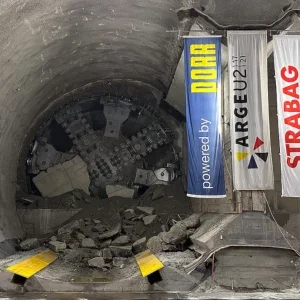
The Selangor government in Malaysia has advanced a proposal to create an underground tunnel system with an investment of MYR6bn ($1.36bn) to channel rainwater overflow from Kuala Lumpur.
Through the project, the Selangor government aims to reduce flood risks for both the capital’s western areas and parts of the Malaysian state.
The underground tunnel project, which awaits federal approval, was submitted to Deputy Prime Minister Fadillah Yusof, who also oversees energy transition and water transformation initiatives.
The concept draws from flood management systems in Japan, particularly those used in Kawasaki and Saitama, where excess water is channelled into underground tunnels. Selangor’s infrastructure and agriculture committee chairman, Izham Hashim, said that his recent visit to these cities demonstrated the model’s effectiveness in controlling urban flooding.
He described the Japanese system as an example of a sustainable long-term solution to flood challenges in Malaysia, reported Utusan Malaysia.
Izham, has been quoted by the publication, as saying said: “During my visit to these two Japanese cities, I found it to be very effective and a viable long-term solution for flood management in this country.”
This tunnel system proposal aligns with Selangor’s broader Water Master Plan, an ongoing study into viable flood prevention solutions.
Izham explained that local rivers are often overwhelmed by high volumes of rain, which this infrastructure project seeks to address. He highlighted that the tunnel project would protect not only Selangor from floods but also Kuala Lumpur, emphasising its dual benefits for both regions.
The project’s significant cost requires approval and funding from the federal government, Izham said. He cited frequent flooding in the Klang Valley region as an ongoing issue that necessitates urgent, innovative solutions.
Izham stated that there is a desire to resolve the problem promptly, given the increasing frequency of floods, and emphasised the need to consider various solutions to address the issue.







